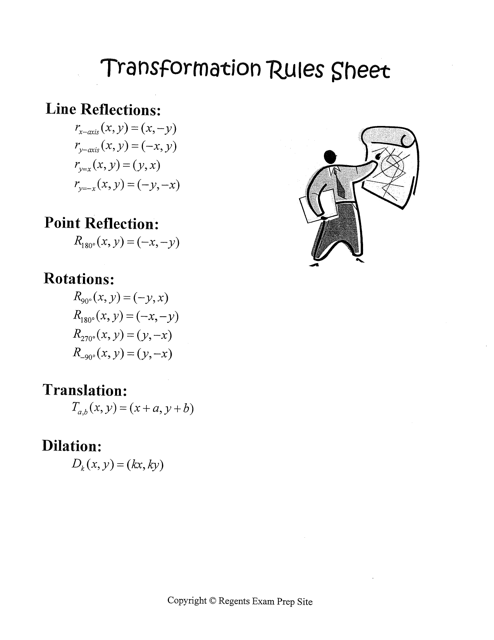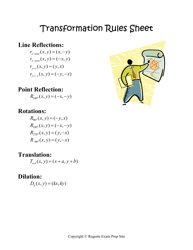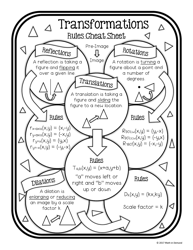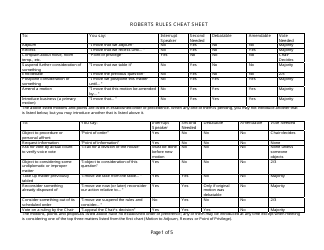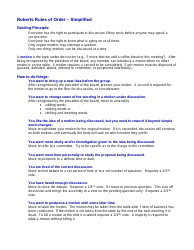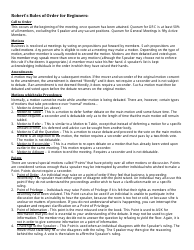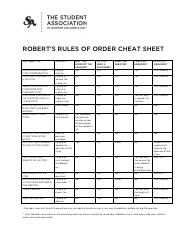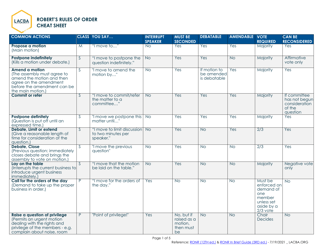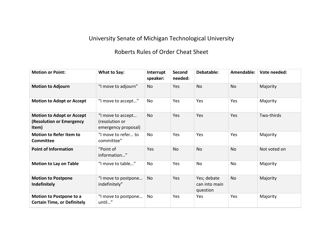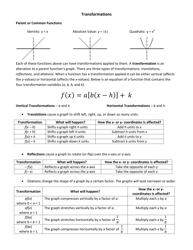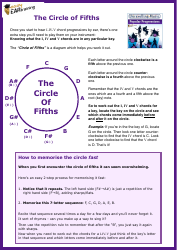Transformation Rules Cheat Sheet
The Transformation Rules Cheat Sheet is used as a reference guide to understand and apply the rules needed to transform one set of data into another format. It provides a step-by-step guide on how to properly convert and manipulate data according to specific requirements.
FAQ
Q: What is a transformation rule?
A: A transformation rule is a set of instructions that specifies how to convert one set of data into another.
Q: Why are transformation rules important?
A: Transformation rules are important because they enable the conversion of data from one format to another, allowing for interoperability and integration between different systems.
Q: What are some common types of transformation rules?
A: Some common types of transformation rules include data type conversion, data formatting, data mapping, and data aggregation.
Q: How are transformation rules applied?
A: Transformation rules are typically applied using software or programming languages that provide the necessary functionality to carry out the specified transformations.
Q: What are some key considerations when creating transformation rules?
A: Key considerations when creating transformation rules include data accuracy, data integrity, data security, and compatibility with existing systems.
Q: Can transformation rules be automated?
A: Yes, transformation rules can be automated using software tools or programming languages, which can streamline the process and reduce the potential for human error.
Q: Are there any limitations or challenges associated with transformation rules?
A: Yes, some limitations and challenges associated with transformation rules include data inconsistencies, complex data structures, and the need for ongoing maintenance and updates as data requirements change.
